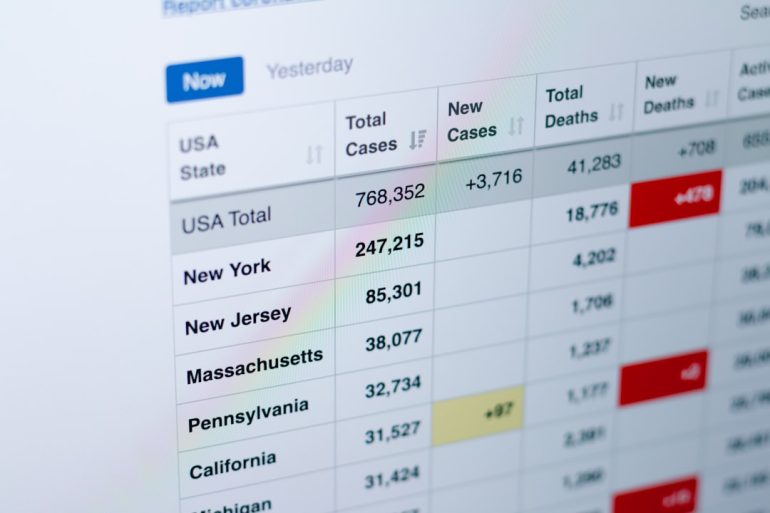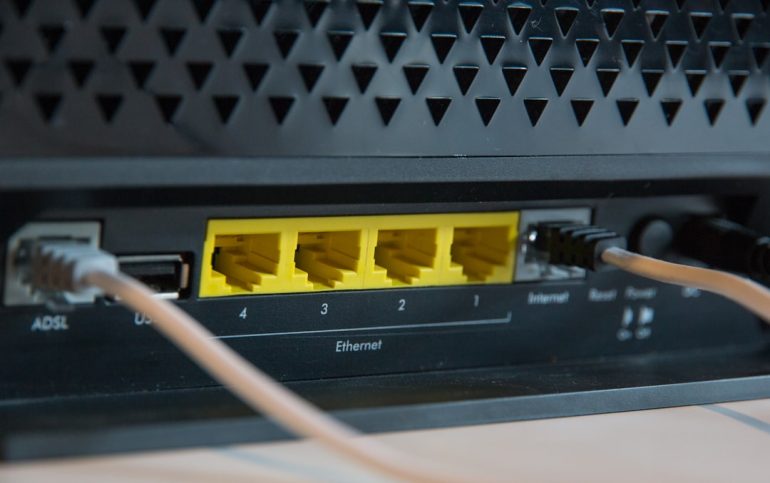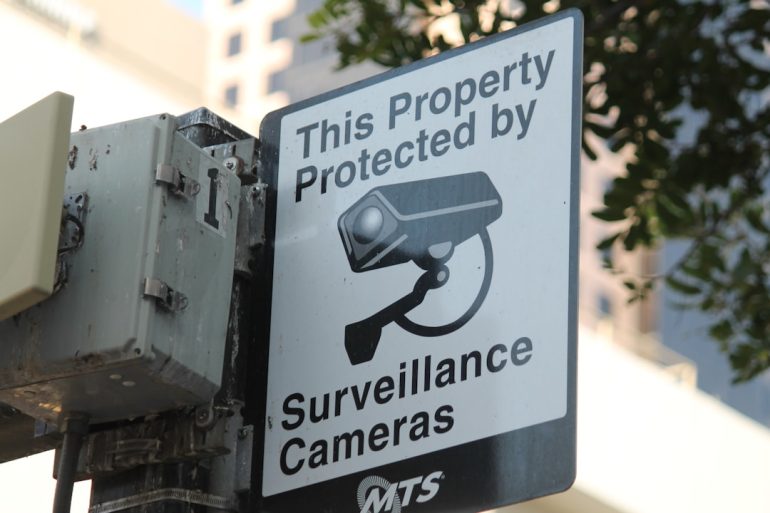SearchSEO CTR Bot: Fair-Use Guidelines & Testing Plan
In the ever-evolving landscape of digital marketing, the use of advanced traffic manipulation tools such as CTR (Click-Through Rate) bots has become increasingly popular. The SearchSEO CTR Bot is one such automation tool designed to simulate organic search behavior in order to improve the visibility and ranking of a website. Although effective, its applications must be approached with guidance, ethics, and responsibility. In this article, we outline fair-use guidelines and a rigorous testing plan to ensure that the SearchSEO CTR Bot is used ethically and effectively, without violating search engine policies.
Understanding the Purpose of CTR Bots
Table of Contents
CTR bots simulate user behavior by searching for targeted keywords, clicking on desired organic results, and even spending time on selected web pages. These actions are designed to signal engagement to search engine algorithms, which may weigh CTR as one of several factors in their ranking models.
Although click-through behavior is a minor component of Google’s ranking algorithm, it can create positive signals when combined with other SEO efforts. However, automated behavior can also raise red flags and lead to de-indexing or penalties if improperly used.
Why Fair Use Matters
Deploying the SearchSEO CTR Bot irresponsibly risks violating search engine terms of service, affecting not only the targeted site but also undermining the integrity of organic search results. Thus, applying a framework of fair use is essential to keep operations compliant, ethical, and productive.
Consequences of Misuse
- Search Engine Penalties: Google and other search engines actively combat manipulation techniques, potentially resulting in penalties or loss of ranking.
- Data Skewing: Artificial behavior can invalidate analytics, leading to poor decision-making based on incorrect data.
- Reputational Damage: Discovery of deceptive practices can harm a brand’s trustworthiness among partners and clients.
Fair-Use Guidelines for SearchSEO CTR Bot
Ethical usage combines transparency, restraint, and technical adherence. Below are detailed recommendations for the fair and legitimate usage of CTR bots:
1. Maintain Realistic Usage Patterns
To avoid detection by search engines and behavioral filters, the following measures should be implemented:
- Vary traffic sources (IP ranges, locations, and user-agents).
- Simulate diverse browser actions such as scrolling, highlighting, and occasional backtracking.
- Limit the number of daily sessions to mimic real-world activity rather than flooding search results.
2. Test in Controlled Environments
Before deploying broadly, always validate the bot in a test environment or small-scale SEO property. This preserves your main assets while allowing for performance evaluations.
3. Use Targeted Campaigns Only
Do not indiscriminately send CTR traffic to multiple domains. Instead, use the bot to support targeted A/B tests where CTR can help diagnose the behavioral response of search listings.
4. Avoid Misleading Practices
CTR enhancement should never be used to push malicious, false, or deceptive content. Such actions can trigger both platform penalties and legal consequences.
5. Monitor Analytics Closely
Always distinguish between artificially generated interactions and real visits in Google Analytics or other tracking tools. Use UTM tags or segmentation to isolate bot-generated sessions.
SearchSEO CTR Bot Testing Plan
Implementing a consistent testing methodology is vital to maximize the value of this bot while ensuring legitimacy and outcome clarity.
Phase 1: Baseline Establishment
Before any intervention, document baseline SEO metrics and traffic behaviors:
- Average CTR by page and keyword
- Bounce rates, dwell times, and engagement
- Search engine ranking positions (SERP) for target keywords
Establish a control group of pages or keywords unaffected by CTR bot activity to serve as a performance benchmark.
Phase 2: Controlled Deployment
Configure the bot with parameters that emulate realistic user experience:
- Max 5 to 10 visits per day per keyword
- Variable dwell times (15 to 180 seconds)
- Device and location-diverse inputs
Ensure that sessions follow expected paths (search > target page > explore content) and do not create artificial thresholds that alert detection systems.

Phase 3: Performance Analysis
After a two-to-four-week testing window, compare the following metrics against the control group:
- CTR changes over time
- Impact on average search rankings
- Time-on-page and bounce rate analysis
Engage in correlation analysis to determine whether improved engagement metrics align with actual ranking improvements or increased conversions.
Phase 4: Iteration and Scaling
Based on insights, you can either adjust bot behavior or scale the campaign (while maintaining ethical limits). Automated behavior should never exceed 10–15% of a domain’s total organic traffic.
Best Practices for Ongoing Ethical Use
As you continue using CTR tools like SearchSEO responsibly, keep the following operational principles in mind:
Transparency
If used on client sites, disclose the testing methodology and obtain written approval. Transparency builds trust and allows informed decisions.
Documentation
Maintain logs of usage: IP pools, session timings, version numbers, and parameters. This provides accountability and verifiability, especially in audits or incidents.
Adaptability
Search engine algorithms change regularly. Stay updated with it and be ready to discontinue or revise operations if new policies prohibit such interventions.

Conclusion
CTR manipulation via tools such as the SearchSEO CTR Bot offers an interesting avenue for understanding and testing engagement signals within search algorithms. However, it must be used within the bounds of ethical marketing, fair use, and technical prudence. By following sound guidelines and a scientific testing approach, SEO professionals can responsibly experiment without compromising the long-term credibility of their brand or clients.
As the ecosystem becomes more sophisticated, combining human insight with automation will be the right path forward. Rather than blindly chasing numbers, we must aim to use these tools to shape better content, discover user intent more clearly, and refine SEO strategies that serve the audience—and not just the algorithm.







